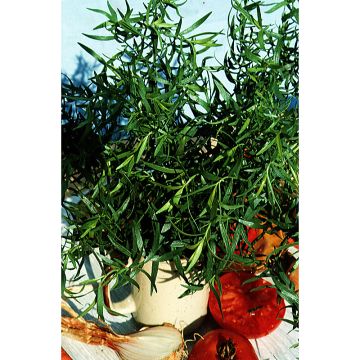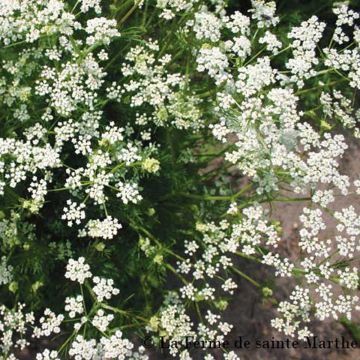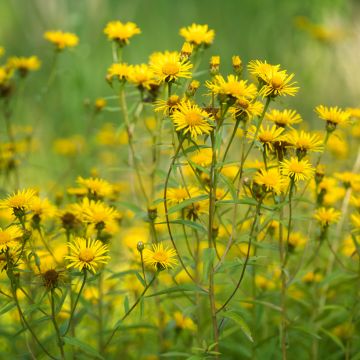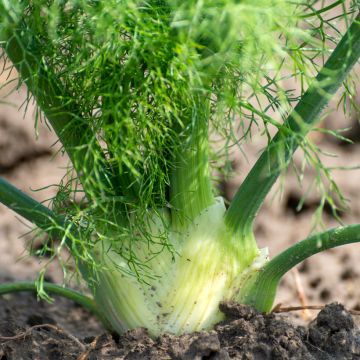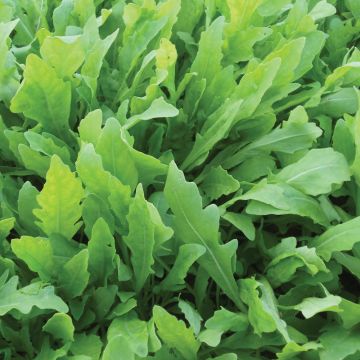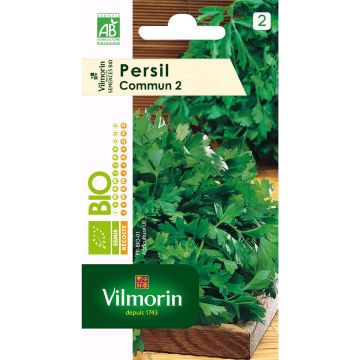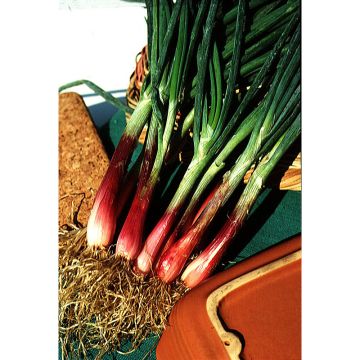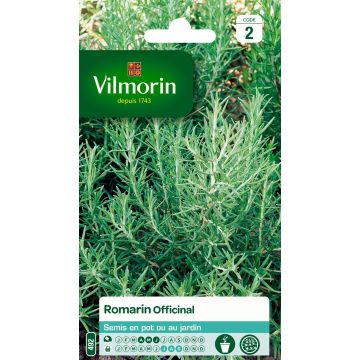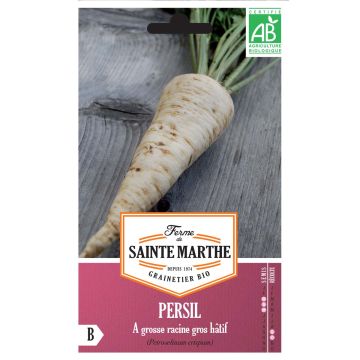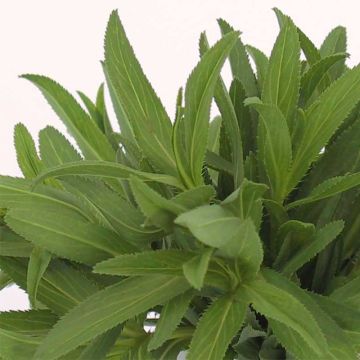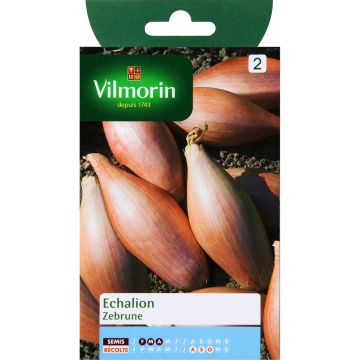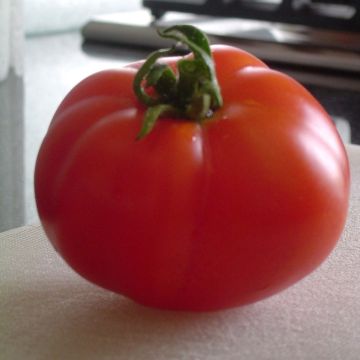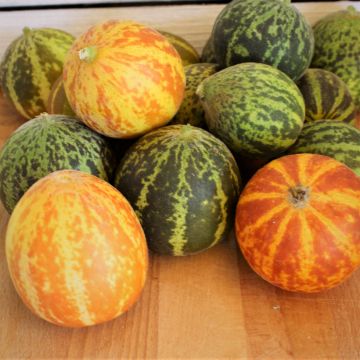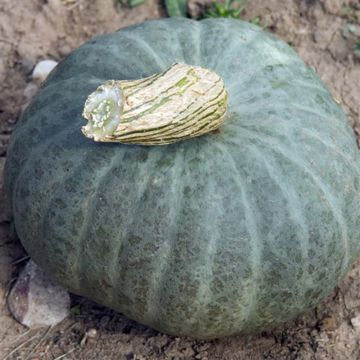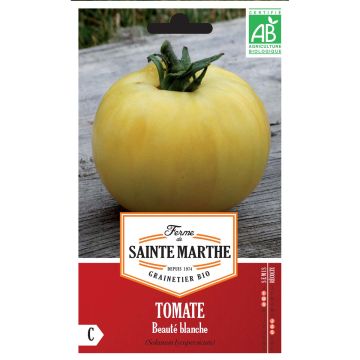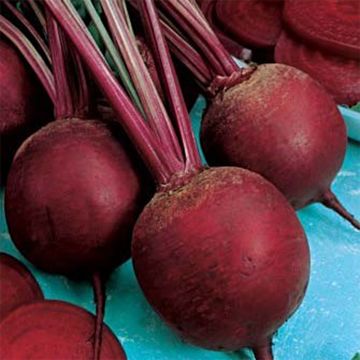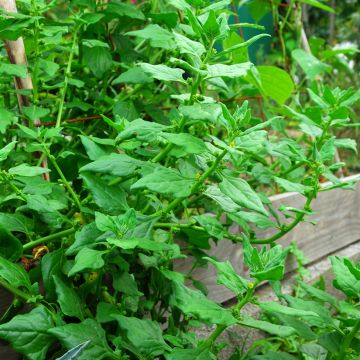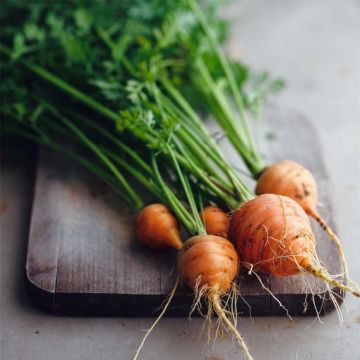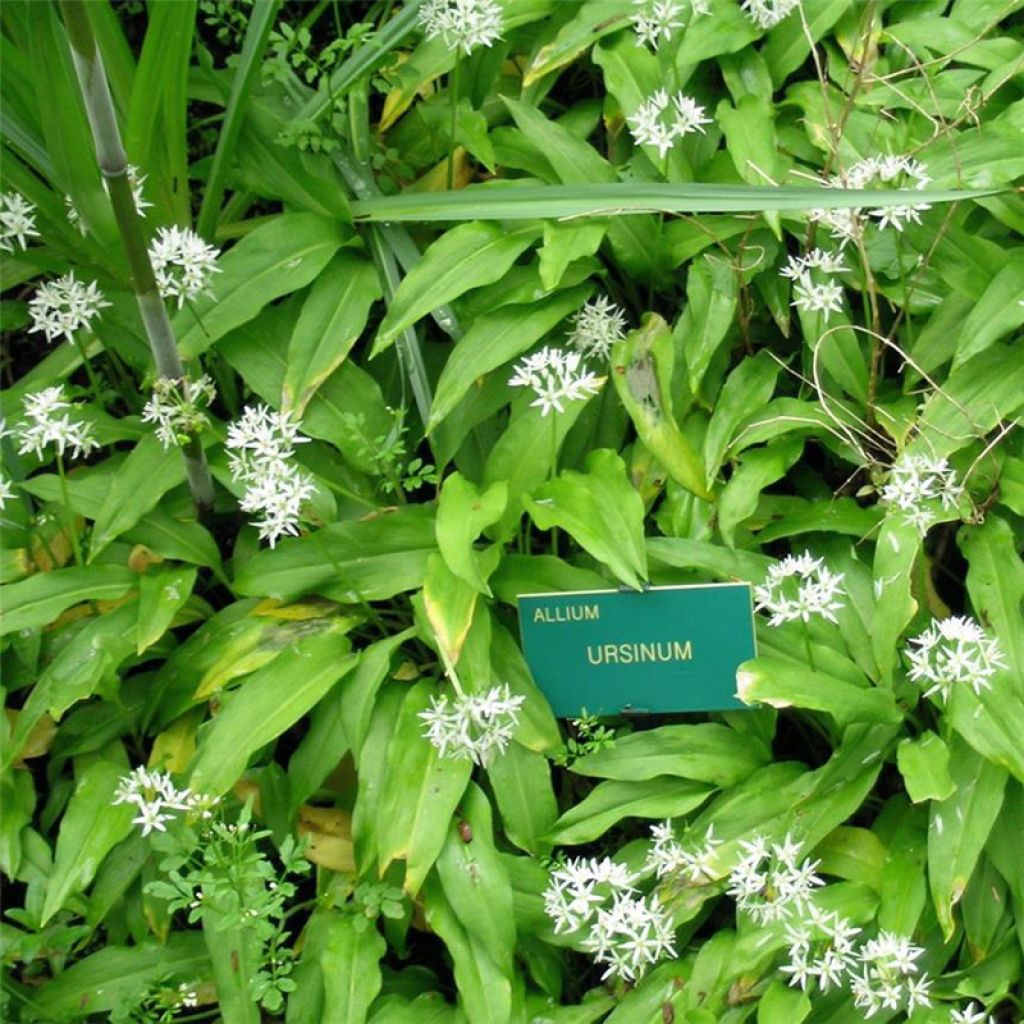

Bears Garlic - Allium ursinum - Ferme de Sainte Marthe seeds
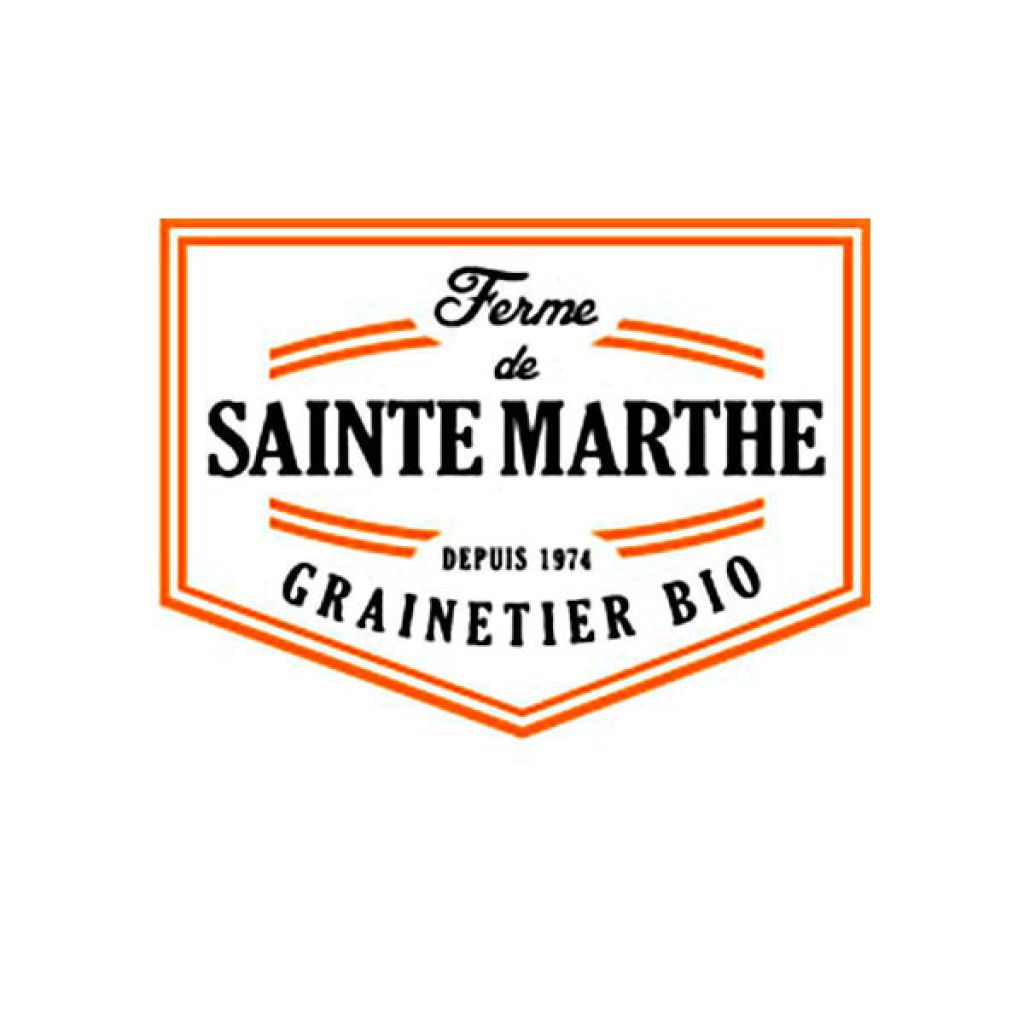

Bears Garlic - Allium ursinum - Ferme de Sainte Marthe seeds
Bears Garlic - Allium ursinum - Ferme de Sainte Marthe seeds
Allium ursinum
wild garlic, ramsons, buckrams, broad-leaved garlic, wood garlic, bear leek
This item cannot be shipped to the selected country
Dispatch by letter from €3.90
More information
Dispatch by letter from €3.90
More information
Schedule delivery date,
and select date in basket
This plant carries a 6 months recovery warranty
More information
We guarantee the quality of our plants for a full growing cycle, and will replace at our expense any plant that fails to recover under normal climatic and planting conditions.
Seed-only orders are dispatched by sealed envelope. The delivery charge for seed-only orders is €3.90.
Description
L’Ail des Ours (allium ursinum), également connu sous l’appellation d’Ail sauvage, Ail pétiolé et Ail à larges feuilles, est un ail vivace de sous-bois qui se naturalise facilement. Il porte de grandes feuilles étroites vert luisant et déploie, d’avril à juin, une charmante floraison en ombelles blanches. C’est une plante condimentaire et médicinale très ancienne dont on consomme le bulbe, les boutons floraux mais aussi les feuilles. Semis en juillet pour une récolte de janvier à octobre.
L’Ail des Ours est une espèce européenne qui pousse spontanément en sous-bois, il appartient, comme l’ail cultivé, à la famille des Liliacées. Il est vivace et rustique, au moins jusqu’à – 15°. C’est une plante bulbeuse, au port hérissé, de 15 à 20 cm. Elle porte, à la base de sa tige, des feuilles étroites et pétiolées. Elle fleurit en ombelle sphérique blanche légèrement jaunâtre, d’avril à juin suivant les régions. C'est une plante caduque qui disparaît complètement en hiver pour réapparaître au printemps.
Toutes les parties de la plante se consomment, le bulbe, les boutons floraux mais aussi les feuilles. Il se cuisine comme légume, cuit comme les épinards ou comme condiment pour agrémenter salades, potages… L’Ail sauvage permet également de préparer des infusions.
L’Allium ursinum possède de nombreuses vertus : il contient beaucoup de vitamine C, il est, entre autres, détoxifiant, hypotenseur et antiseptique.
Au jardin, l’Ail des Ours s’installe à l’ombre ou à mi-ombre en terre humifère plutôt humide mais bien drainé. Il s’installe au potager mais aussi dans les espaces ombragés du jardin où il forme un très beau couvre-sol.
Récolte : il se récolte sur une longue période, de janvier à octobre. Mais, ne soyez pas trop gourmand, il se reproduit par ses bulbes, il convient donc d’en laisser en place pour le voir se multiplier.
Conservation : les feuilles se conservent par séchage, en lieu sombre et sec.
Le petit truc du jardinier : avant sa floraison, qui est caractéristique, l’Ail des ours peut être confondu avec plusieurs plantes très toxiques que sont le Muguet, la Colchique et l’Arum. Attendez un peu ou faites alors confiance à votre nez : seul l’Allium ursinum dégage une odeur aillée.
Les semences bios ou « AB » sont issues de plantes cultivées sans produits phytosanitaires (insecticides, désherbants). Ces semences ne subissent pas non plus de traitement après récolte. Elles portent le label AB et sont certifiées par Ecocert qui est un organisme indépendant.
Harvest
Plant habit
Foliage
Botanical data
Allium
ursinum
Alliaceae
wild garlic, ramsons, buckrams, broad-leaved garlic, wood garlic, bear leek
Central Europe
Perennial
Other Herb seeds
Planting and care
Sowing:
Sow from July to September or from February to March, at a temperature of around 15 to 20°C, ideally in a seed bed or tray filled with good quality sowing mix. Germination can take a few weeks.
When the seedlings have reached the 4-leaf stage, transplant them into pots or directly into the ground in spring or autumn, leaving a space of 15 cm between each plant. Make sure the plants are in the shade or half-shade.
Care:
Bear's Garlic naturalizes easily and is extremely low maintenance.
Seedlings
Care
Intended location
Vegetable seeds
Haven't found what you were looking for?
Hardiness is the lowest winter temperature a plant can endure without suffering serious damage or even dying. However, hardiness is affected by location (a sheltered area, such as a patio), protection (winter cover) and soil type (hardiness is improved by well-drained soil).

Photo Sharing Terms & Conditions
In order to encourage gardeners to interact and share their experiences, Promesse de fleurs offers various media enabling content to be uploaded onto its Site - in particular via the ‘Photo sharing’ module.
The User agrees to refrain from:
- Posting any content that is illegal, prejudicial, insulting, racist, inciteful to hatred, revisionist, contrary to public decency, that infringes on privacy or on the privacy rights of third parties, in particular the publicity rights of persons and goods, intellectual property rights, or the right to privacy.
- Submitting content on behalf of a third party;
- Impersonate the identity of a third party and/or publish any personal information about a third party;
In general, the User undertakes to refrain from any unethical behaviour.
All Content (in particular text, comments, files, images, photos, videos, creative works, etc.), which may be subject to property or intellectual property rights, image or other private rights, shall remain the property of the User, subject to the limited rights granted by the terms of the licence granted by Promesse de fleurs as stated below. Users are at liberty to publish or not to publish such Content on the Site, notably via the ‘Photo Sharing’ facility, and accept that this Content shall be made public and freely accessible, notably on the Internet.
Users further acknowledge, undertake to have ,and guarantee that they hold all necessary rights and permissions to publish such material on the Site, in particular with regard to the legislation in force pertaining to any privacy, property, intellectual property, image, or contractual rights, or rights of any other nature. By publishing such Content on the Site, Users acknowledge accepting full liability as publishers of the Content within the meaning of the law, and grant Promesse de fleurs, free of charge, an inclusive, worldwide licence for the said Content for the entire duration of its publication, including all reproduction, representation, up/downloading, displaying, performing, transmission, and storage rights.
Users also grant permission for their name to be linked to the Content and accept that this link may not always be made available.
By engaging in posting material, Users consent to their Content becoming automatically accessible on the Internet, in particular on other sites and/or blogs and/or web pages of the Promesse de fleurs site, including in particular social pages and the Promesse de fleurs catalogue.
Users may secure the removal of entrusted content free of charge by issuing a simple request via our contact form.

































